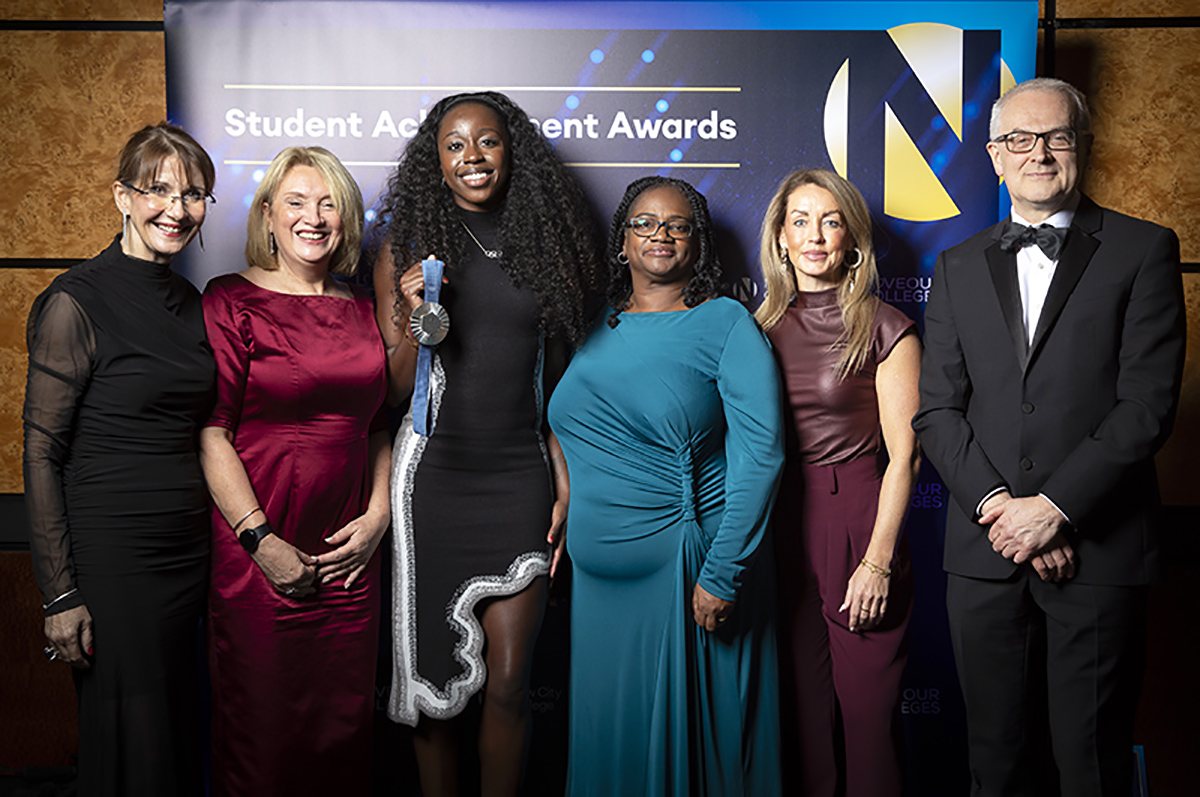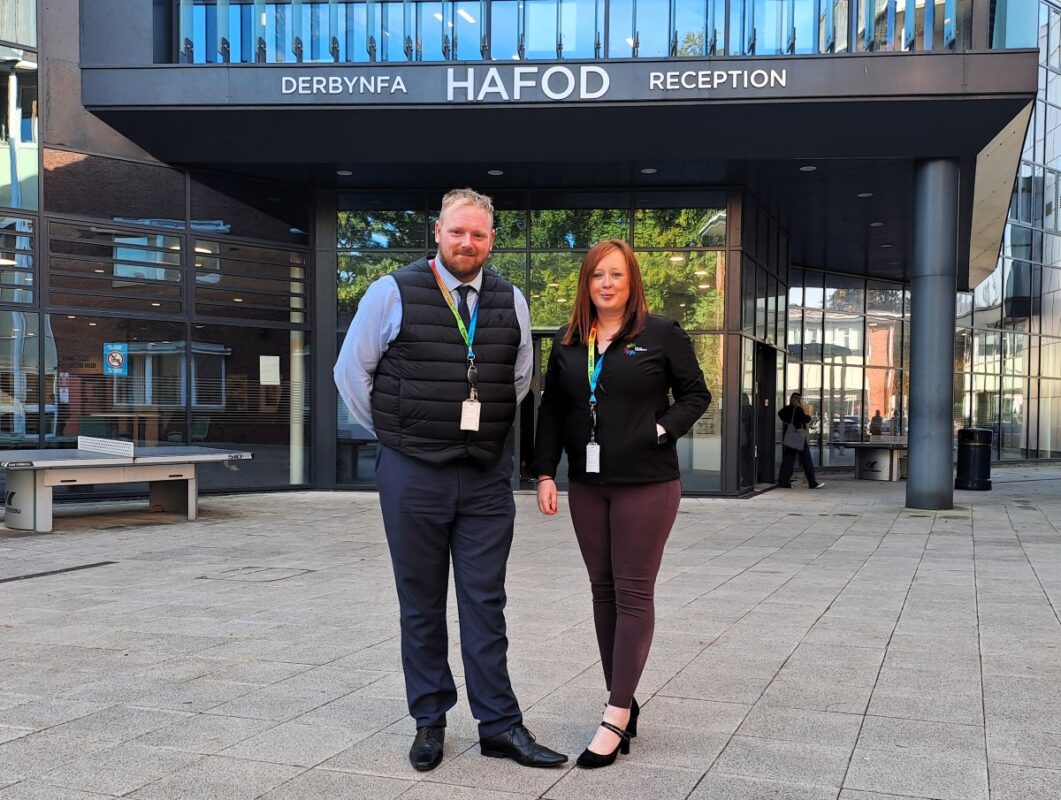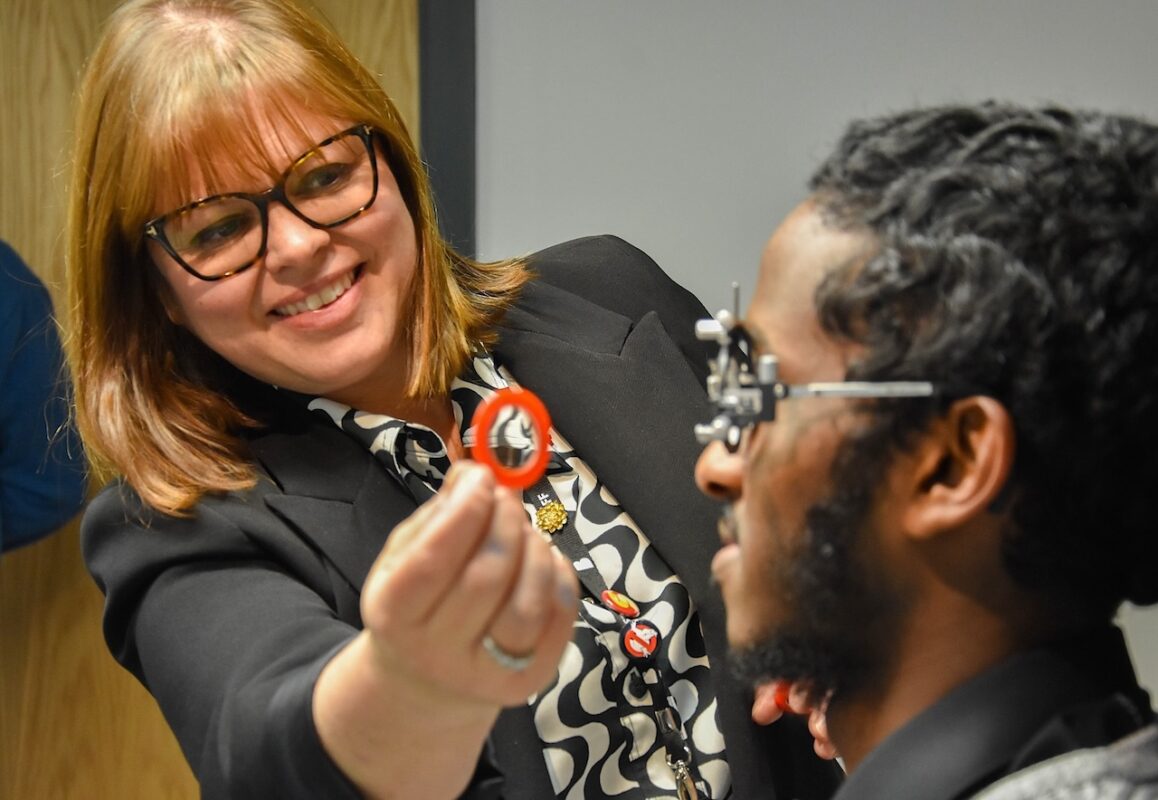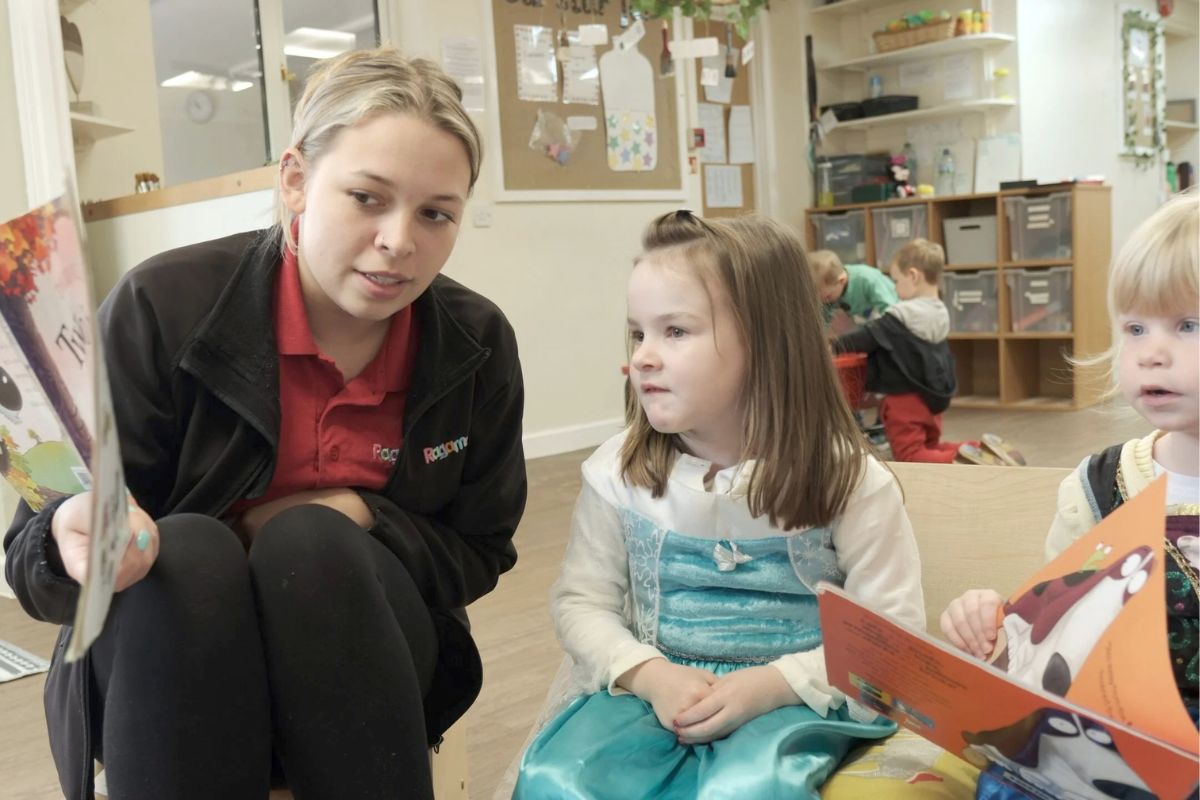Pioneering collaboration between UAL, Shape Arts and the Henry Moore Institute awarded £250K

We are thrilled to announce our collaboration with Dr Ken Wilder, University of the Arts London (UAL) Reader in Spatial Design and Dr Aaron McPeake, artist and Associate Lecturer at Chelsea College of Arts, in our ground-breaking project, Beyond the Visual: Blindness and Expanded Sculpture. The project is the recipient of the Arts and Humanities Research Council’s (AHRC) inaugural Exhibition Fund, a major £250,000 grant supporting innovative, collaborative exhibition approaches. The project culminates with a major exhibition and research season at the Henry Moore Institute in Leeds, the UK’s leading centre for the study of sculpture, together with Chelsea College of Arts and Shape Arts, one of the project’s partner organisations. Shape Arts will provide invaluable insights on artist selection and exhibition accessibility. Working with the researcher’s extensive network, the project will generate the first international database of blind and partially blind sculptural artists.
Beyond the Visual will explore engagements with contemporary sculpture using senses other than sight, challenging the dominance of sight in the making and appreciation of art. The three year project will culminate in a free exhibition at the Henry Moore Institute, in November 2025. Integral to the participatory nature of the project are extensive public engagement activities, both before and during the exhibition, including a research season at the Henry Moore Institute running from October 2024 until March 2025.
This landmark exhibition will mark the first major UK-based sculpture showcase predominantly featuring works by blind or partially blind artists within a national institution and is rare in having a blind curator as intrinsic to the project.
Central to Beyond the Visual is the connection between Dr Ken Wilder and Dr Aaron McPeake, who is registered blind. The two artists have been collaborating for nearly two decades since they first met during their PhD studies at Chelsea College of Arts. Together, they question the assumption that art appreciation and creation are confined to those with full visual perception. Previously, they spearheaded an AHRC-funded network (with partners the Henry Moore Institute and Shape Arts) exploring non-sighted modes of engaging art, culminating in a public symposium hosted by London’s Wellcome Collection. The upcoming exhibition at the Henry Moore Institute will draw upon the collective knowledge of this multi-disciplinary network.
Dr Ken Wilder, Reader in Spatial Design at Chelsea College of Arts said,
“I’m looking forward to co-curating Beyond the Visual with Dr McPeake and Henry Moore Institute Research Curator Dr Clare O’Dowd, in investigating the role that touch, sound, smell and proprioception – the perception or awareness of the position and movement of the body – play in engaging with sculpture. We want to ensure the exhibition offers a complete experience to the beholder, enhancing tactile and non-visual sensory interactions with the various artworks. Whilst blind and partially blind people have been identified as a primary audience, the exhibition is not intended only for the blind but open to all. Instead, it aims to not exclude an audience that is often marginalised by exhibitions in which visitors are not able to touch or interact with the works.”
Professor Christopher Smith, AHRC Executive Chair said:
“As audiences and venues change, and as we seek to be more inclusive and bring our culture to everyone, the nature of how we stage and curate exhibitions needs to evolve. This project will unlock fresh ways for different and often overlooked audiences to experience our historical and cultural heritage, ensuring its value can be fully appreciated by many more people, but they will also inform all of our exhibition making. This represents another step in AHRC’s commitment to equality, diversity and inclusion and to supporting our brilliant and innovative museums and galleries.”
Laurence Sillars,Head of the Henry Moore Institute, emphasised the project’s significance:
“As one of the major centres for the study of sculpture internationally, it is vital that we ensure a consideration of sculpture and its histories from the perspective of all makers and audiences alike. This urgent collaborative project will involve extensive consultation and we’re excited to embed this learning not only in the exhibition itself but long into the future.”
Jeff Rowlings, Head of Programme, Shape Arts, adds
“Beyond the Visual, in crystalising much needed research into exhibition form, promises to channel the agency of blind and partially sighted practitioners in exciting and varied ways. We are delighted to support its progress, and look forward to the opportunities it affords around new curatorial approaches and audience experiences.”
The exhibition Beyond the Visual will open at the Henry Moore Institute in November 2025 and run until March 2026 and will be accompanied by an extensive public engagement programme. Further updates on all stages of the project will be announced in due course.











Responses